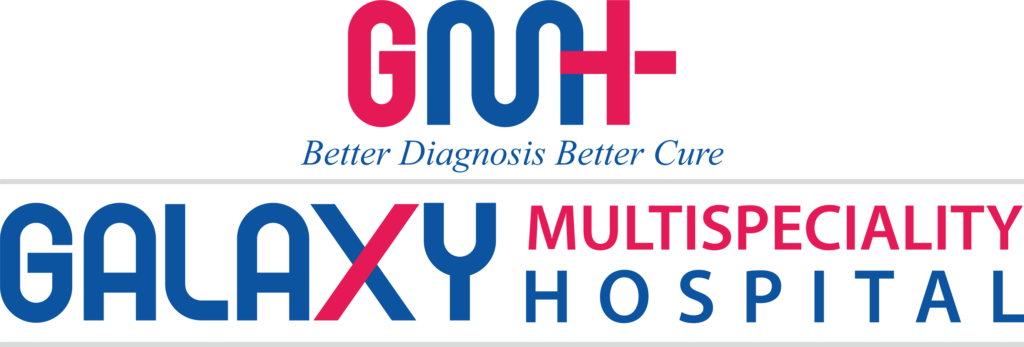Introduction: Cardiac arrest is a critical medical emergency that can occur unexpectedly, causing the heart to stop beating and leading to a lack of blood flow to vital organs. Prompt recognition and response are crucial for increasing the chances of survival. In this blog, we will provide simple first aid tips to help you recognize and respond effectively during a cardiac arrest.
Recognizing Cardiac Arrest:
- Sudden collapse: If someone collapses suddenly without an apparent reason and loses consciousness, it may be a sign of cardiac arrest.
- Absence of breathing: Check if the person is breathing normally by observing for any signs of breathing for up to 10 seconds.
- Lack of responsiveness: Attempt to wake the person by calling their name and gently shaking their shoulders. If there is no response, it could indicate cardiac arrest.
Responding to Cardiac Arrest:
- Call for emergency help: Dial the emergency number (e.g., 911) immediately to notify medical professionals about the cardiac arrest.
- Perform chest compressions: Lay the person flat on a firm surface. Place one hand in the center of their chest and place the other hand on top. Interlock your fingers and keep your arms straight. Push hard and fast, at least 2 inches deep, at a rate of 100-120 compressions per minute. Continue until help arrives or the person shows signs of recovery.
- Use an automated external defibrillator (AED): If available, retrieve an AED and follow the provided instructions. Attach the AED pads to the person’s chest as directed and let the device analyze their heart rhythm. If advised, deliver a shock by pressing the designated button.
Additional Considerations:
- Get trained in CPR: Consider attending a CPR (Cardiopulmonary Resuscitation) course to learn and practice these life-saving techniques under expert guidance.
- Stay calm and focused: Remaining composed in a cardiac arrest situation enables clear thinking and effective action.
- Raise awareness: Share your knowledge with others, encouraging them to learn basic first aid and CPR techniques.
Recognizing and responding promptly to a cardiac arrest can make a significant difference in saving lives. By understanding the signs of cardiac arrest and knowing how to perform chest compressions and use an AED, you can be prepared to help during such emergencies. Remember to call for emergency help, consider CPR training, and spread awareness to empower others with life-saving skills.
Note: For accurate and reliable information, consult medical professionals or reputable sources for specific guidance on cardiac arrest and first aid procedures.


